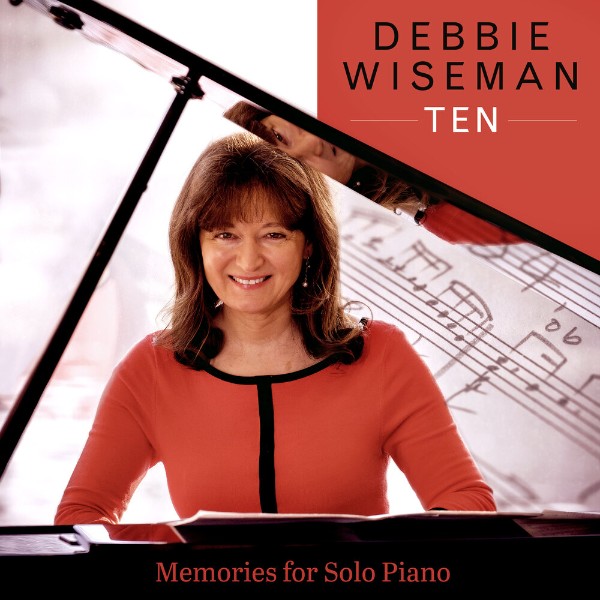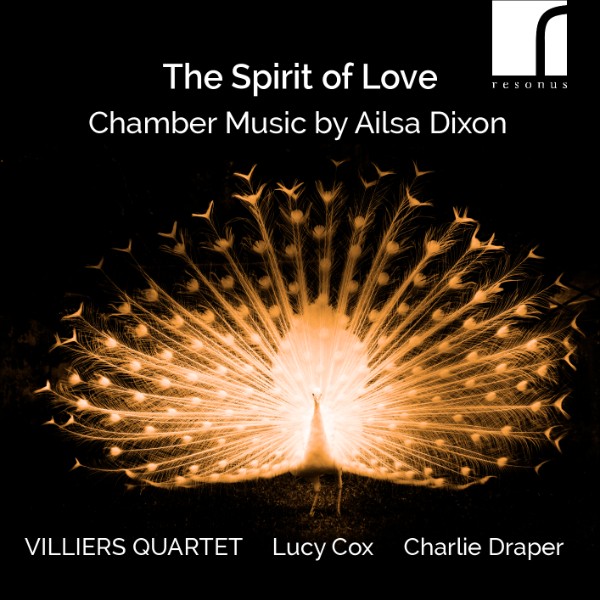Dr. Kara Huber is a Grammy-nominated Canadian-American pianist and conductor with an impressive background in piano and conducting. She has performed with various orchestras and worked with renowned conductors. Ms. Huber has also received several awards for her performances and completed a DMA in piano and conducting. She holds the Marjorie Wood Drackett Chair of Piano at the Interlochen Arts Academy. In this interview, Kara shares her new release, “Joan Tower Piano Works.”
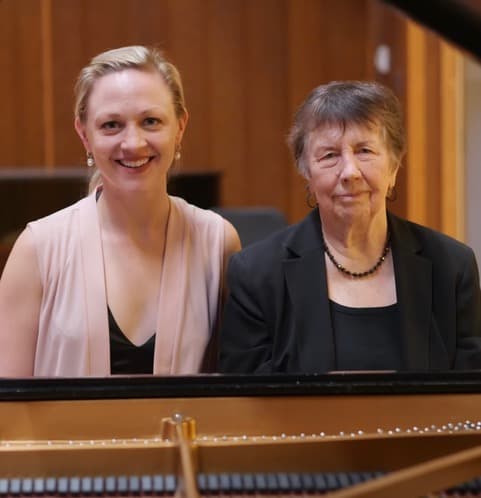
Joan Tower and Kara Huber
Joan Tower (1938-) is widely recognized as one of the most influential American living composers. She was awarded the Guggenheim Fellowship, Grammy, Naumburg, and Grawemeyer awards. Although best known for her orchestral works, the piano was Tower’s first instrument. In the album, Kara recorded five of Tower’s piano works, which spanned over 30 years and ranged from multi-movement to miniatures.
What inspired you to record an album dedicated to Joan Tower’s works? How did you select the program, and how long was the process?
My teacher, Frank Weinstock, suggested learning No Longer Very Clear in 2006. After getting to know this suite through a few performances, I noticed two things that were important. First, audiences really enjoyed the music and found it accessible, something I always keep in mind when I program new music. But also, somehow, I feel stronger when I perform Joan’s music. Everything she composes has a beautiful combination of strength and vulnerability, and she describes achieving an identity in music depending on taking risks. So, when I was programming my solo recital at Carnegie Hall in 2017, No Longer Very Clear made the list and was a huge success. I invited Joan to the recital, and she has been a huge supporter ever since. After that, she mailed me the score Ivory and Ebony, and I have since learned her entire catalog of solo piano works.
Ivory and Ebony
Do you know Joan Tower personally? Does her characters, in your opinion, reflect in her compositions? Did she inspire you to interpret her works differently?
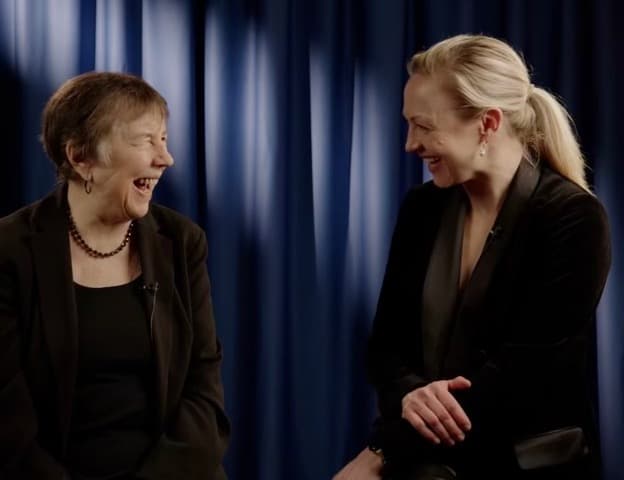
Joan Tower and Kara Huber
One of the reasons I believe pianists gravitate towards Joan’s works is because she is a fine pianist herself. Piano is her primary instrument, so like Chopin and Beethoven, her pieces “fit well” in the hands. She credits these composers, in addition to Debussy and Stravinsky, as their characteristics appear clearly throughout her pieces. She spent part of her childhood growing up in La Paz, Bolivia, and those Latin rhythms also permeate her music.
I love working with living composers because you can receive direct feedback. I sent Joan recordings throughout this process to hear her thoughts. She attended my recent dress rehearsal featuring her complete works, and it was incredible to get direct feedback and details from her. I also could ask her detailed questions about the scores that I’ve been dying to know, like whether a tie actually should exist or if there should be a particular sharp sign or extra ledger line. When she attended the recital the following day, she spoke about each piece to the audience, giving us an even more in-depth understanding of her compositions, background, and compositional process. She performed her newest piece, Love Letter, herself so that the audience could hear both a composer’s interpretation and the performer’s.
The album includes most pieces written for a specific pianist, including Love Letter, which was written for you and was dedicated to her late husband. How did you feel when you first knew the story behind the work?
When this album started to take shape a few years ago, I asked Joan if she would be willing to write a piece to be premiered on the album. Composers of Joan’s caliber and fame book commissions out many years in advance, so I was thrilled that she would make time for a short solo piano piece. She emailed me her handwritten, two-page piece that has still not been published and explained that she had been writing the piece while she was taking care of her husband, who was sick and passed away. They had been married for fifty years, making this such a poignant and heartfelt composition. The piece was later titled Love Letter (although originally titled With Love), dedicated to her husband. Joan gives an emotional TED talk on grief, where she speaks about this and performs the composition. The piece differs greatly from any of her previous works, and I feel honored to give the premiere recording on the album. When I’ve performed it live, there’s rarely a dry eye in the house.
Let’s talk about you. You have a fantastic career between performing and teaching. Can you tell us your musical background? How were piano lessons for you growing up?
My older brother Cole started piano lessons when we were little, and because I wanted to do everything he did and started picking up melodies by ear, I started lessons at age five. I always loved performing and knew it would be my career. I have been incredibly lucky to have many amazing teachers (David Hobbs, Michael Coonrod, Frank Weinstock, Awadagin Pratt, John Perry), which is probably why teaching has also been a logical career step for me. After studying at the Cincinnati Conservatory and The Glenn Gould School in Toronto, I taught at the University of Louisville and now at the Interlochen Arts Academy. Teaching these high school students is a dream job. Joan Tower came as our composer in residence this past year, and it was a career highlight to have my students perform Joan’s compositions for her in a masterclass.
Would you like to share any upcoming performances/lectures with us?
I love performing Joan’s complete piano works as a lecture recital, and this season, I will be doing that at venues such as the MTNA National Conference, Lawrence University, and Seoul National University.
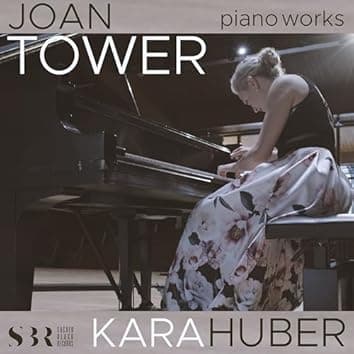
The album, Joan Tower Piano Works, is now available on any streaming platform.
Learn more about Kara Huber.
For more of the best in classical music, sign up for our E-Newsletter

